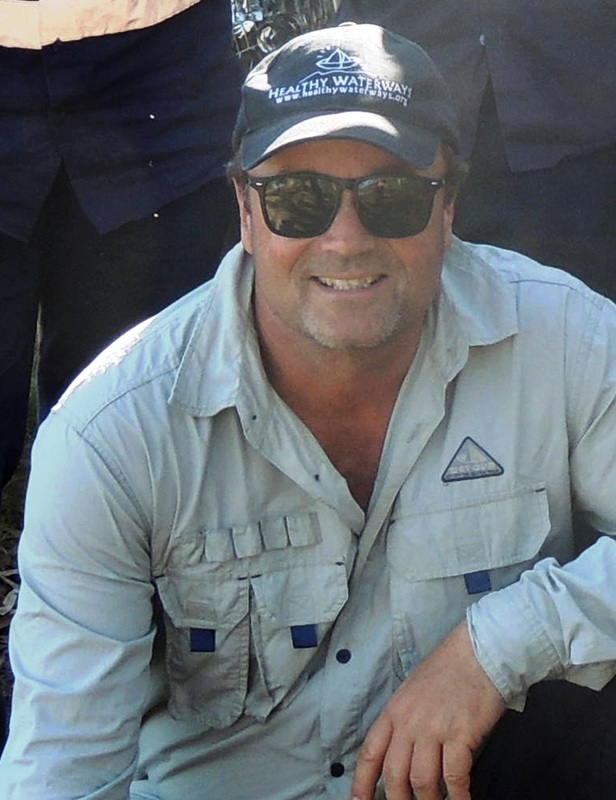For many years it has been known that development and urbanisation can cause dramatic changes in the landscape resulting in the fragmentation of habitats and the potential isolation of various species. This can often lead to local extinctions of species. Conservation scientists and land managers are interested in how the landscape is interconnected in order to minimise the potential impacts on local flora and fauna and they look at three types of connectivity:
Habitat connectivity which considers the connectivity between patches of suitable habitat for a species
Landscape connectivity which is the degree to which the landscape facilitates animal movement and other ecological flows.
Ecological Connectivity which is the degree to which ecological processes are connected including food and nutrient webs, disturbance processes and hydroecological flows (how plants interact and impact on the water table).
Landscape Connectivity for Koalas
One of the projects set for the Clontarf site is to enhance the habitat for koalas. This includes providing or enhancing corridors for them to safely travel between feeding sites. So its important that we maintain trees in order to keep koalas off the ground where the chances of predation are dramatically increased. If you look at the images at the top of the article you can see photographs of koalas utilising Melaleuca, Casuarina and even Mangrove trees. Of course Eucalypt forest is desirable as it not only provides koalas with safe passage but also provides fodder.

 RSS Feed
RSS Feed
